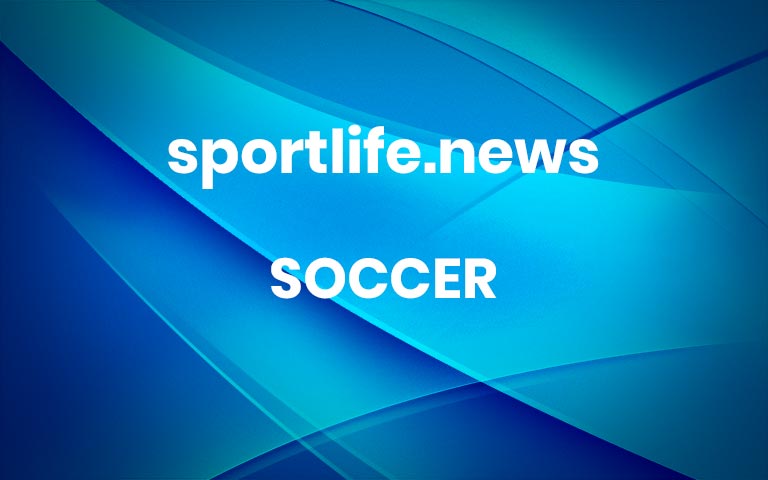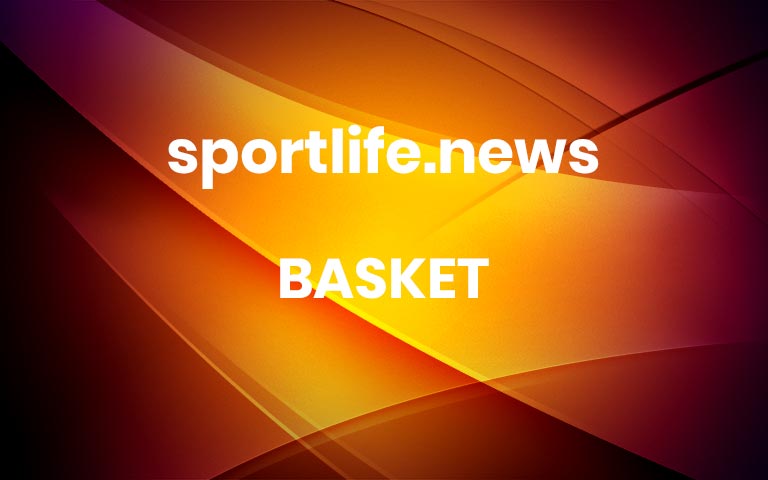Tennis Tops Women’s Sports, and Yet Still Fights for Footing
Can other sports achieve the prominence that women’s tennis has seen alongside the men’s tour?Why is there room at the top for only one women’s sport?Iga Swiatek won her second French Open title on Saturday, extending her winning streak to 35 matches by rolling past the Coco Gauff, 6-1, 6-3.In Sunday’s men’s final, Rafael Nadal is seeking his 14th French Open singles championship in a matchup against the No. 8 seed, Casper Ruud, the first Norwegian man to reach a Grand Slam singles final.When all is said and done, both matches will have drawn massive and nearly equal public attention, but women’s tennis still must engage in a fight for fair footing. We’ve seen that unfold again on the red clay at Roland Garros over the past two weeks (more on this later). Still, professional tennis sets the standard for popularity and viability in women’s sports — and it’s not even close.Coco Gauff made her first Grand Slam singles final by beating the unseeded Italian Martina Trevisan.James Hill for The New York TimesThanks to the struggle for fairness led by legends like Althea Gibson, the Williams sisters, and Billie Jean King, the women’s pro game plays consistently before packed, avid audiences. Their finals often draw more viewers than men’s at the most prominent events. Off the court, the top players are endorsement and social media gold. At the four Grand Slam tournaments, they’ve been earning equal prize money since 2007. Either Gauff or Swiatek will walk away with a tidy $2.4 million.Every major tennis championship offers a chance to wonder why other women’s sports do not share the same level of success.Professional golf comes closest, but doesn’t have it. Nor does big-time soccer.Despite recent inroads ensuring equal rates of pay for the United States’ men’s and women’s national teams, the women’s game sits mostly in the shadows other than during the World Cup.Interest grows in sports like gymnastics, figure skating, swimming and skiing when the Olympics come around, but when the Games finish, it always fades.The popularity of women’s basketball is on the upswing, particularly at the college level. In the professional ranks, though, the fight for respect looks like it will drag on for years. Last week, when I wrote a column about a former star from a top college team struggling to fulfill her dream of latching on with a W.N.B.A. team, the responses were typical.Women’s basketball, said one reader, “is just a big yawn.” An old acquaintance called to give a standard line: “Women can’t dunk, so I’m not watching.”Women’s basketball is increasing in popularity, especially at the college level. The 2022 Division I title game between South Carolina and Connecticut was the most-watched championship since 2004, according to ESPN.Eric Gay/Associated PressThe idea that female athletes must perform exactly like men to be taken seriously makes no sense. We should be able to enjoy and appreciate both on their own merits. Tennis is the best example. Overall, the top female tennis players do not hit with the power and spin of top professional men.And yet the women’s tour more than holds its own.Why can’t the other sports?There are no simple answers explaining tennis’s pre-eminence.That both men and women share glory at Wimbledon and the French, U.S. and Australian Opens certainly adds to the standing and luster of the women’s game.We still live in a world where strong, powerful women who break the mold struggle for acceptance. Consider the W.N.B.A., stocked with outspoken women, a majority of them Black, who have shown a communal willingness to take aggressive stands for L.G.B.T.Q. rights, reproductive freedom and politics. How do you think that goes down in many corners of America and the world?Yes, tennis often has a few outspoken players willing to publicly buck against power. In the game’s modern era, Venus and Serena Williams did it just by showing up and dominating. Naomi Osaka bent the rules with her face masks protesting for Black rights. But the vast majority of women in tennis wear their significant power quietly, behind the scenes, and in a way that does not overly upset the male-dominated status quo. To think that this is not a factor in the pro tour’s popularity would be foolish.Men, of course, formed their biggest leagues decades before the age of women’s empowerment. Major League Baseball traces its lineage to 1876. The N.F.L. to 1920. The N.W.S.L., for comparison, formed in 2012, and the W.N.B.A in 1997. For decades, men sucked up all the oxygen, and the stars of the biggest professional sports became worshiped icons. Television and radio gilded their games: Willie Mays’s miraculous center field catch in the 1954 World Series; Johnny Unitas leading the Baltimore Colts past the Giants in the N.F.L. Championship in 1958; the Boston Celtics’ announcer Johnny Most shouting, “Havlicek stole the ball!” in 1965.Through the enduring power of radio and television, these and countless other moments of greatness became etched forever in memory. They did not include women.Time changes everything, however slowly.The 1973 “Battle of the Sexes” — King against the chauvinist windbag Bobby Riggs — set a new and lasting tone. Their match drew 90 million viewers, making it one of the most watched sporting spectacles then or since, and helping launch women’s tennis toward once-unthinkable heights.But the sparring does not end. At the French Open over the past two weeks, the organizers staged night sessions that featured what they billed as the match of the day. Ten were played. Only one was a women’s match.Ten night matches included only one in women’s singles, a second-round meeting between the 13th-seeded Jelena Ostapenko of Latvia and Alizé Cornet of France.James Hill for The New York TimesTalk about complicated. Controversy over the scheduling kicked up when, of all people, Amélie Mauresmo, the tournament director and a former top-ranked player, said she set the nighttime schedule because the men’s game had more “appeal” than the women’s game right now.So that means Swiatek, the top seed and a past Paris champion with a monumental winning streak, was not appealing enough. Gauff was not appealing enough. Same for the four-time major champion Osaka, or last year’s young and charismatic U.S. Open finalists, Leylah Fernandez and Emma Raducanu. None took to the clay at night.The more things change, the more things stay the same.The players and power brokers in women’s tennis must always be vigilant, but they have a striking advantage: Their controversies, their fights to be taken seriously and their championship matches unfold on the biggest stages in front of the world’s gaze.But why must women’s tennis be alone? More





